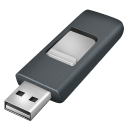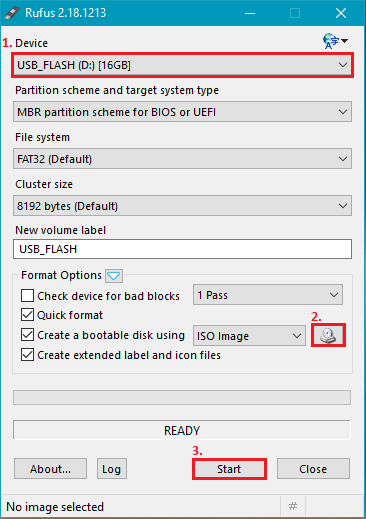Rufus is a nifty piece of software that helps you to create bootable USB drives. It’s lightweight, portable, easy to use, fast and open source! Just with a few clicks you can create Microsoft Windows, Linux, Unix and even FreeDOS bootable USB drives. The software supports both firmwares UEFI and legacy BIOS and also MBR and GPT partitioning schemes.
Test environment: Windows 10.0.16299 and Rufus 2.18.1213
Download: https://rufus.akeo.ie/
Source code: https://github.com/pbatard/rufus
Create the bootable USB drive
1. Select the USB drive, make sure you don’t have important data. All the data on the drive will be destroyed.
2. Browse and select the image file.
3. Start!
ISO vs DD
ISO Image method allows you to use the entire capacity of the USB drive and files can be added or removed, recommended for Microsoft Windows and Linux (especially Live distros).
DD Image method will create an exact copy of the image file, the content will be copied byte by byte onto the USB drive. The file must be an ISOHybrid image. You won’t be able to use the entire capacity of the USB drive and operating systems like Microsoft Windows or macOS will not recognize it and you cannot add or remove files.
Tests
ISO Image method: Windows10_1709_16299_Fall.iso 3.54 GB (3,809,476,608 bytes) in 7 minutes and 44 seconds.
DD Image method: FreeBSD-11.1-RELEASE-amd64-memstick.img 736 MB (772,208,128 bytes) in 1 minute and 9 seconds.

